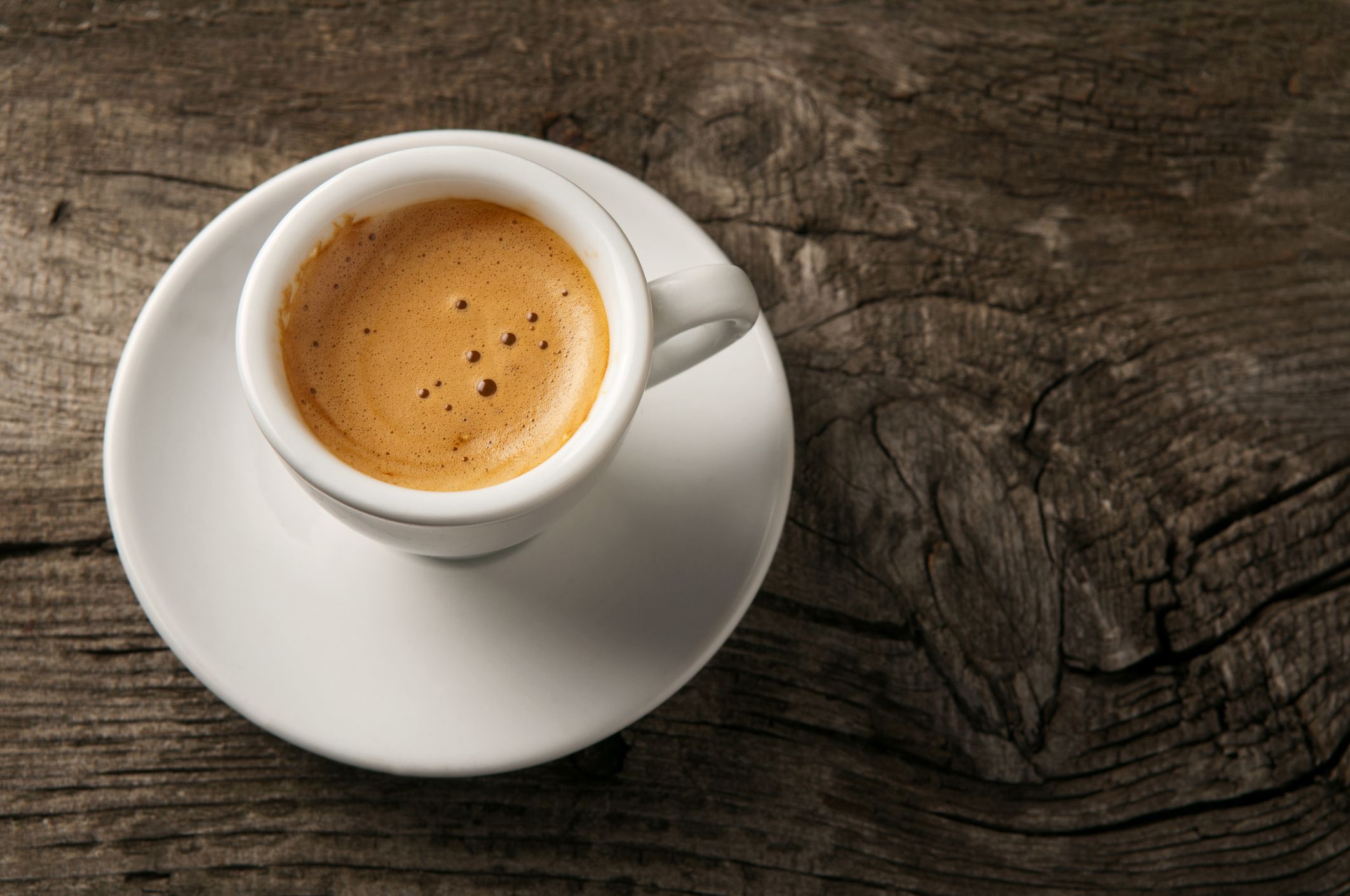
Espresso is the basis for most of the coffee and milk based beverages on the menu. The material costs are around 15 cents to make a shot of espresso, and about 35-40 cents to make a mocha, cappuccino or latte ? Naturally, location, devices and staffing include a lot to the cost, but the low consumable expenses vs. high market prices are one of the primary reasons lots of coffee bars are emerging in the areas throughout America.
Follow the link for the full article more espresso information.
This guide provides the useful details required for you to pick the right espresso equipment for your home, office, or business. Without a firm understanding of the different espresso makers, the decision process might be somewhat overwhelming and confusing simply due to the fact there are numerous models to select from. This guide is not extremely short, however investing the time to read it will significantly improve your buying experience.
Espresso is just another technique by which coffee is brewed. There are many different methods of brewing coffee that include the use of a stove top coffee machine, percolator, French press (or coffee press), vacuum pot and others. Espresso is brewed in its own special method.
Espresso is a drink that is produced by pressing hot water, between 192F and 204F, at high pressures, through a bed of carefully ground, compacted coffee. The shot is brewed for around 25 to 30 seconds, and the same time uses to both a single or double shot (double baskets are larger, with more screen location, and the coffee flows quicker - single baskets restrict the flow more, leading to 1.5 ounces in 25-30 seconds).
An espresso machine brews coffee pushing pressurized water near boiling point through a "compacted disk" of ground coffee and a filter in order to brew a viscous, concentrated coffee called espresso. The first device for brewing espresso was built and patented in 1884 by Angelo Moriondo of Turin, Italy. Check this Twitter Moments collection for an in-depth introduction to the espresso machine.
⚡️ “How to Choose an Espresso Machine” by @coffeeblogger1 https://t.co/sTC6SIx6Yw
— Coffee Lover (@coffeeblogger1) February 28, 2021
Crema is one of the visual indicators of a quality shot of espresso. In Italy, where most real espresso is purchased in a cafe, it is customary to raise cup and dish, smell the shot, and drink it in 3 or 4 fast gulps.
Espresso is confusing because usually, it isn't prepared correctly. Real espresso, brewed with a pump or piston driven espresso maker is really demanding on the poor coffee bean grinds. Before we get into the relative 'abuse' that ground coffee is put through to produce an exceptional espresso, let us take a step back and talk about a bit more the misconceptions about the beverage.
Espresso is not a type of bean: This is a common mistaken belief, and inaccurate marketing by coffee chains, supermarket, and even word of mouth offer the impression that espresso is a kind of bean. Any coffee bean can be used for espresso, from the most typical Brazils to the most exotic Konas and Ethiopian Harar coffees.
Espresso is not a type of coffee beans blend: This one is likewise a common mistaken belief, but with some reality to the claim in that there are specific blends developed for espresso. The problem is, many people believe there is only one type of blend that is matched for espresso. Many high quality micro roasters would disagree with this - Roaster Craftsmen the world over work diligently on their own version of "the perfect espresso blend".
Espresso is not a Roast Type: Another popular misunderstanding is that espresso can only be roasted one way (and normally the thought is that espresso must be super dark and glowing with oils). The Northern Italian way of roasting for espresso is producing a medium roast, or more typically understood as a "Complete City" roast if you like on the west coast of the U.S.A..
Espresso is the basis for many of the coffee and milk based drinks on the menu. Espresso is a drink that is produced by pushing hot water, between 192F and 204F, at high pressures, through a bed of finely ground, compacted coffee. True espresso, brewed with a pump or piston driven espresso device is extremely requiring on the poor coffee bean grinds. Espresso is not a type of blend: This one is likewise a common mistaken belief, but with some fact to the claim in that there are particular blends created for espresso. Espresso is not a Roast Type: Another popular misconception is that espresso can just be roasted one method (and normally the idea is that espresso needs to be super dark and sparkling with oils).
The full tutorial, and more espresso coffee making info at Coffee-Brewing-Methods.com